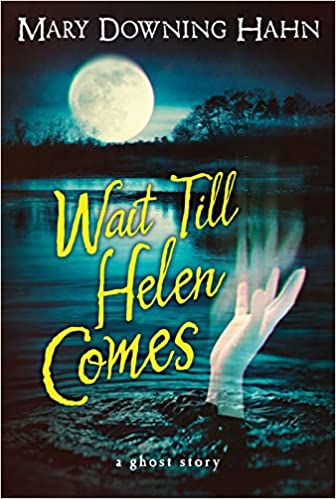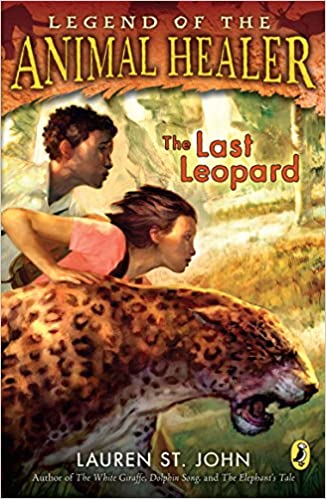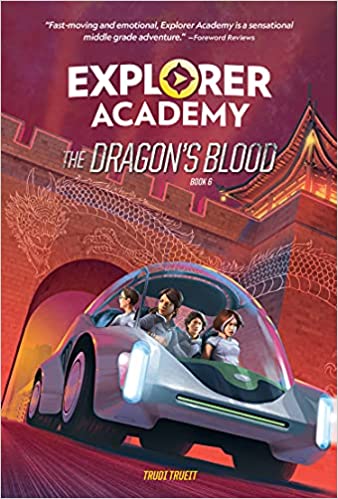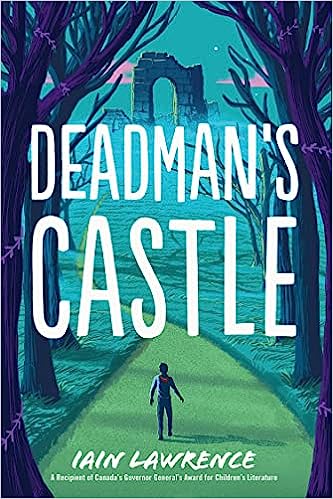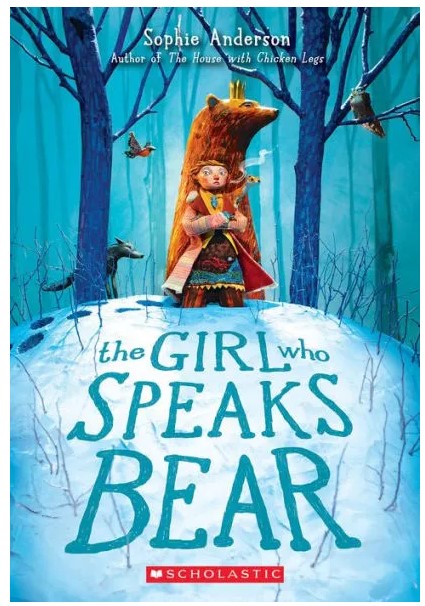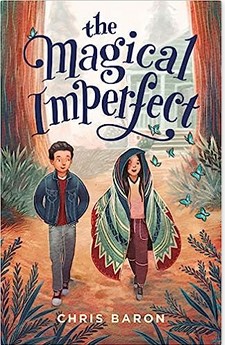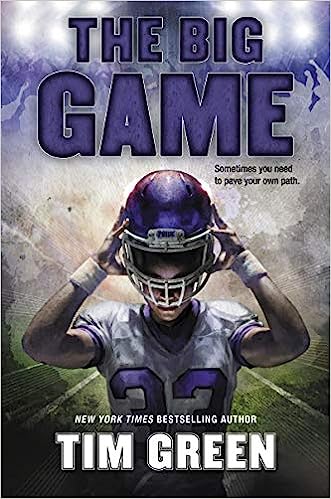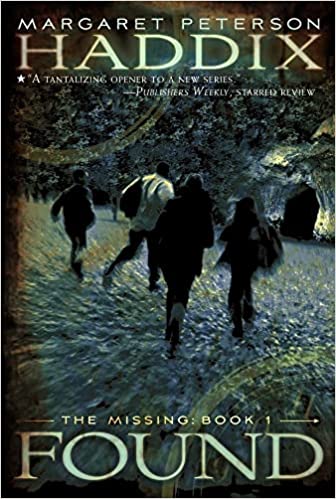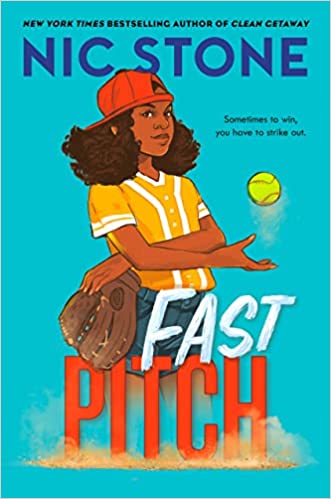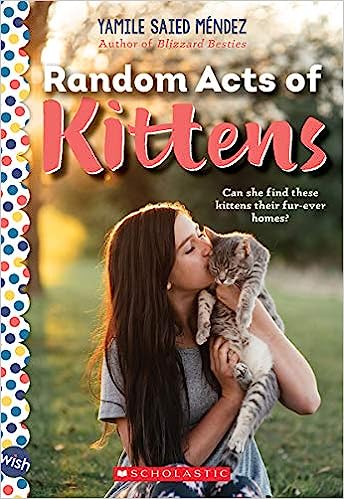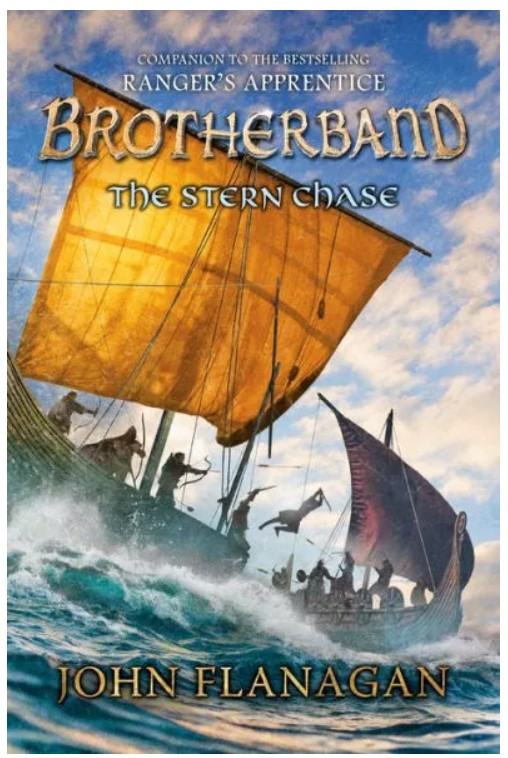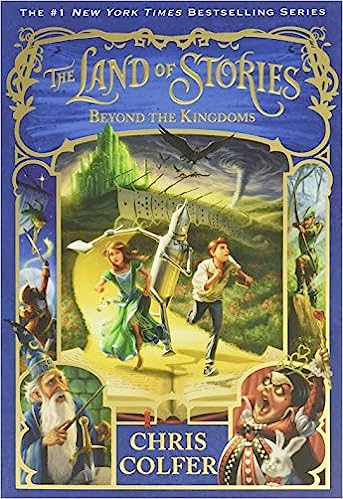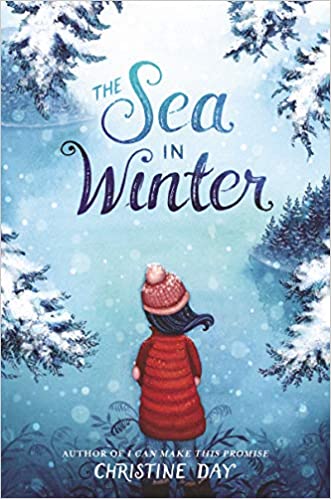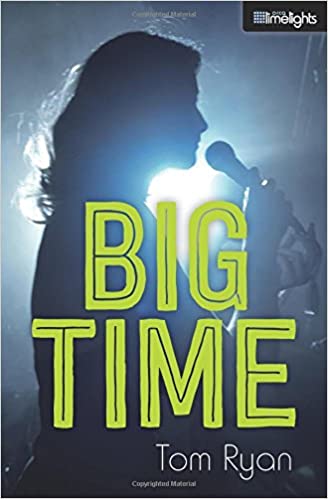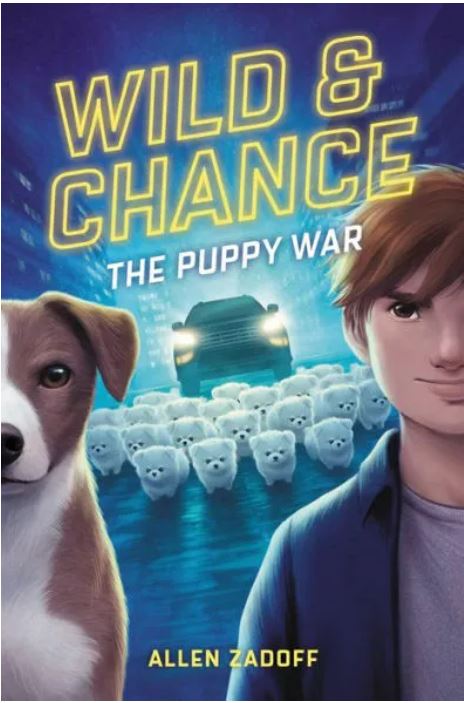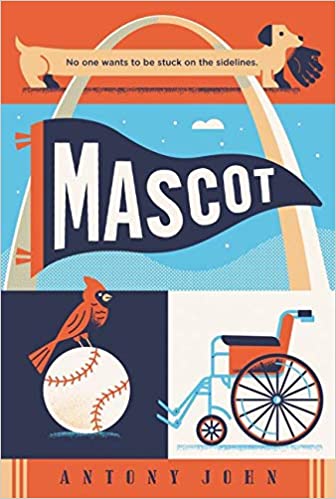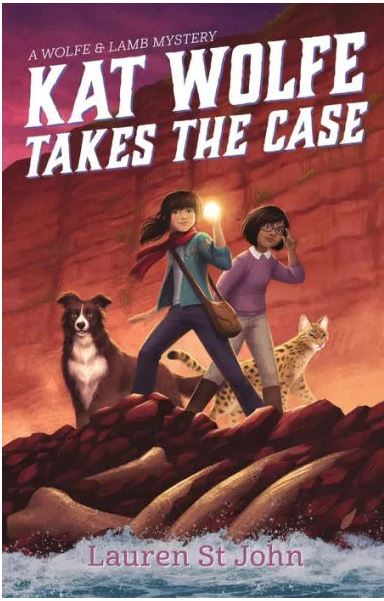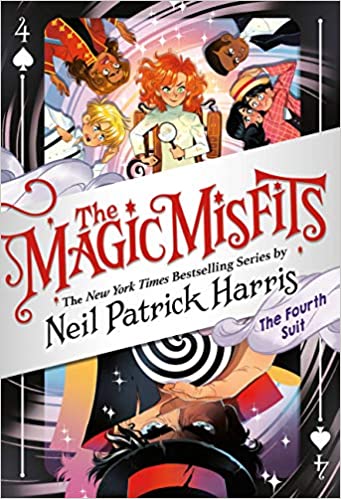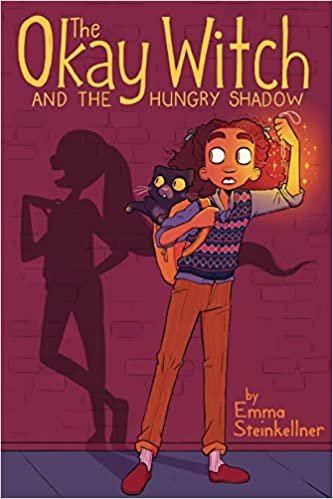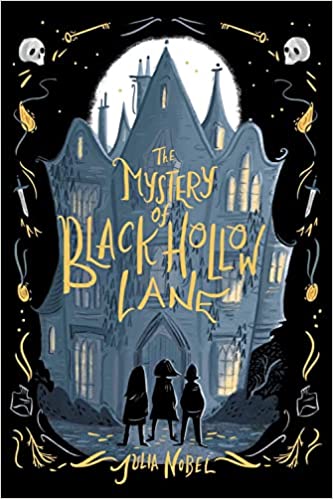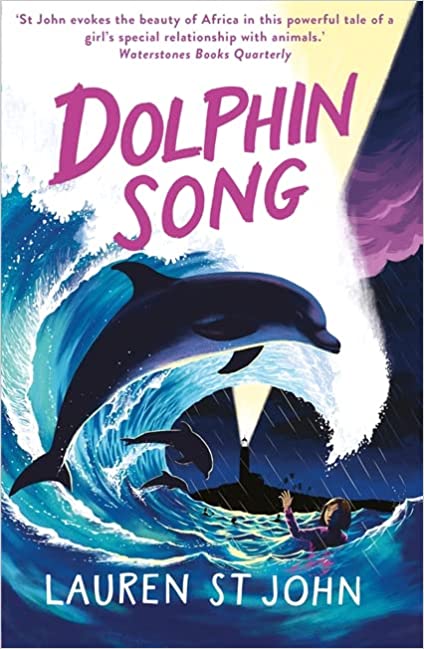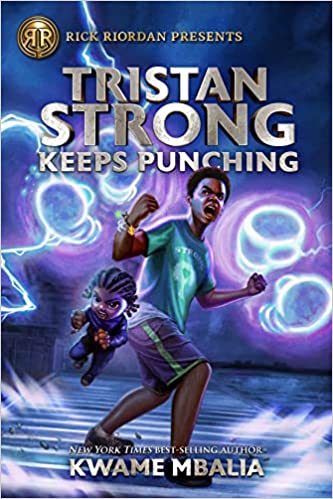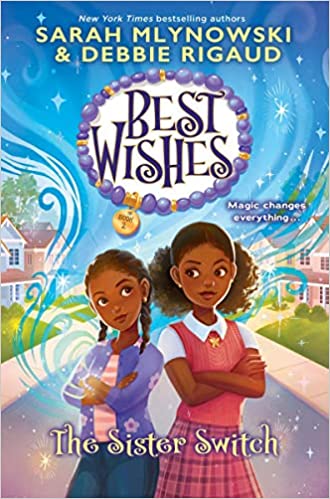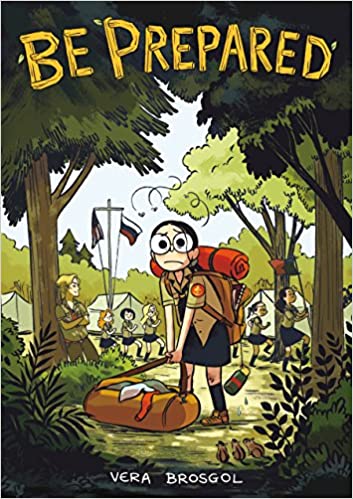Molly and her brother, Michael, agree that their new stepsister, Heather, is a spoiled brat. Mom wants Molly to watch out for Heather, since she’s only seven. But Heather only wants to make trouble for Molly and Michael. She lies and tattles and misbehaves, and somehow they get the blame. They know she’s trying to drive a wedge between her father and their mother, who recently married, so she can have her father all to herself—and it seems to be working. To top it off, Heather starts talking to a ghost named Helen, and Heather warns Molly and Michael that Helen is going to come for them.
It appears that things can’t get any worse—but they do when Helen comes.
The story focuses on Molly, the only person other than Heather who can see the ghost of Helen. No one believes Heather has made friends with a ghost—not even after Heather almost dies. Death is often mentioned and at one point, Molly worries what will happen after she dies. She’s afraid that when she dies, “My skeleton. My bones. Someday they would be all that was left of me. They would lie all alone in the dark and the cold while the years spun past, years I would never see. . . All my memories would die with me, all my thoughts and ideas.” The morbid thoughts about death may terrify some readers.
Wait Till Helen Comes has plenty of scare factors that could give readers nightmares. The ghost of Helen is truly frightening, especially because she has led several children to their deaths. It turns out that Heather has been alone for a century, and the lonely ghost longs to have a friend in the spirit world. While Heather’s situation is understandable, the idea that a person can get stuck in the spirit world is frightening. When Helen tries to lead Heather to her death, Molly jumps in to save her bratty stepsister.
A scary ghost, a near-death experience, and a spooky graveyard combine to create a chilling ghost story that readers will devour. While the story focuses on the ghost of Helen, many will relate to Molly’s struggles to get along with her stepsister. To make matters worse, no one believes Molly when she tries to warn them about Helen. One negative aspect of the book is the dysfunctional family dynamics. Molly’s brother, Michael, is allowed to roam the wilderness unaccompanied, the parents only appear when they are scolding the kids, and Molly is tasked with the responsibility of watching Heather, who is a pro at disappearing. Readers will empathize with Molly, who struggles with the conflicts that her dysfunctional family cause.
Wait Till Helen Comes is a scary tale that will leave readers contemplating what happens when someone dies. Readers will find a lot to like about Wait Till Helen Comes, including plenty of heart-thumping scenes, a fast-paced plot, and an unexpectedly happy ending. Readers who love a good scare will enjoy Wait Till Helen Comes. For more frightening tales, check out the Small Spaces Quartet by Katherine Arden.
Sexual Content
- None
Violence
- When Heather was three, she saw “her mother die in a fire.”
- Helen destroys Michael, Molly, and their mom’s belongings. “Everything that Michael cherished lay in a heap of rubble in the middle of the floor. His books, his specimen cases, his fossils and rocks, his microscope, his aquarium—all were smashed, ruined.” The adults think a robber broke in and ransacked everything.
- After finding his room destroyed, Michael grabs Heather and “shook her.” He also calls her a little creep.
- Helen leads Heather into the pond, in the hopes that Heather would join her in death. When Molly jumps into the pond to save Heather, Helen is “sobbing and moaning, clutching at Heather with icy fingers, she begged me to give her back. . . I felt a terrible chill as her fingers seized my ankles.” Molly drags Heather out of the pond.
- After nearly drowning, Heather wakes up and runs back toward the pond. Molly describes, “Catching up with her at the water’s edge, I tackled her and threw her flat on her face in the weeds. She fought me, her wet clothes and skin making it hard to hold on to her.” Heather stops fighting Molly, who takes her into an abandoned house to warm up.
Drugs and Alcohol
- None
Language
- Michael tells Molly, “Don’t let that brat [Heather] scare you with make-believe, Molly. You’re acting like a real dope.”
- Molly calls Michael an idiot. Later, she calls Heather a little monster.
- Heather tells Molly, “Your mother is a witch. . . I wish she were dead, and you and Michael, too!”
- Heather’s father calls Molly a little monster.
- Heather’s father says “good God” once.
- Molly’s mother says, “Oh, my God.”
Supernatural
- A ghost befriends Heather. When Heather calls to Helen, Molly sees “the glimmer of blue light shape itself into the figure of a girl . . . She wore a white dress, and her hair, dark as Heather’s, tumbled in waves down her back.”
- Molly and Michael go to the library to research ghosts. Michael reads about poltergeists who “throw furniture and destroy stuff, and scientists don’t have an explanation for them.”
- The man who cares for the graveyard is the only person who believes Molly has seen a ghost. The man tells her, “But my own sister was convinced that our cousin Rose was led to her death in Harper Pond by the very spirit you’ve described to me. . . my sister went to her grave convinced that Rose was possessed by Helen Harper.”
- Heather and Molly fall through the rotting floor of an abandoned house. In the old cellar, they see the skeletons of Helen’s parents. Helen kneels by the skeletons. “Another figure appeared in the cellar. From mist it seemed to form itself into a woman. . . smiling, she drew Helen to her feet and embraced her, comforting her, stroking her hair, rocking her gently.” The ghosts shimmer and then disappear.
Spiritual Content
- None
